Impact
Meet Some of our Farmers:
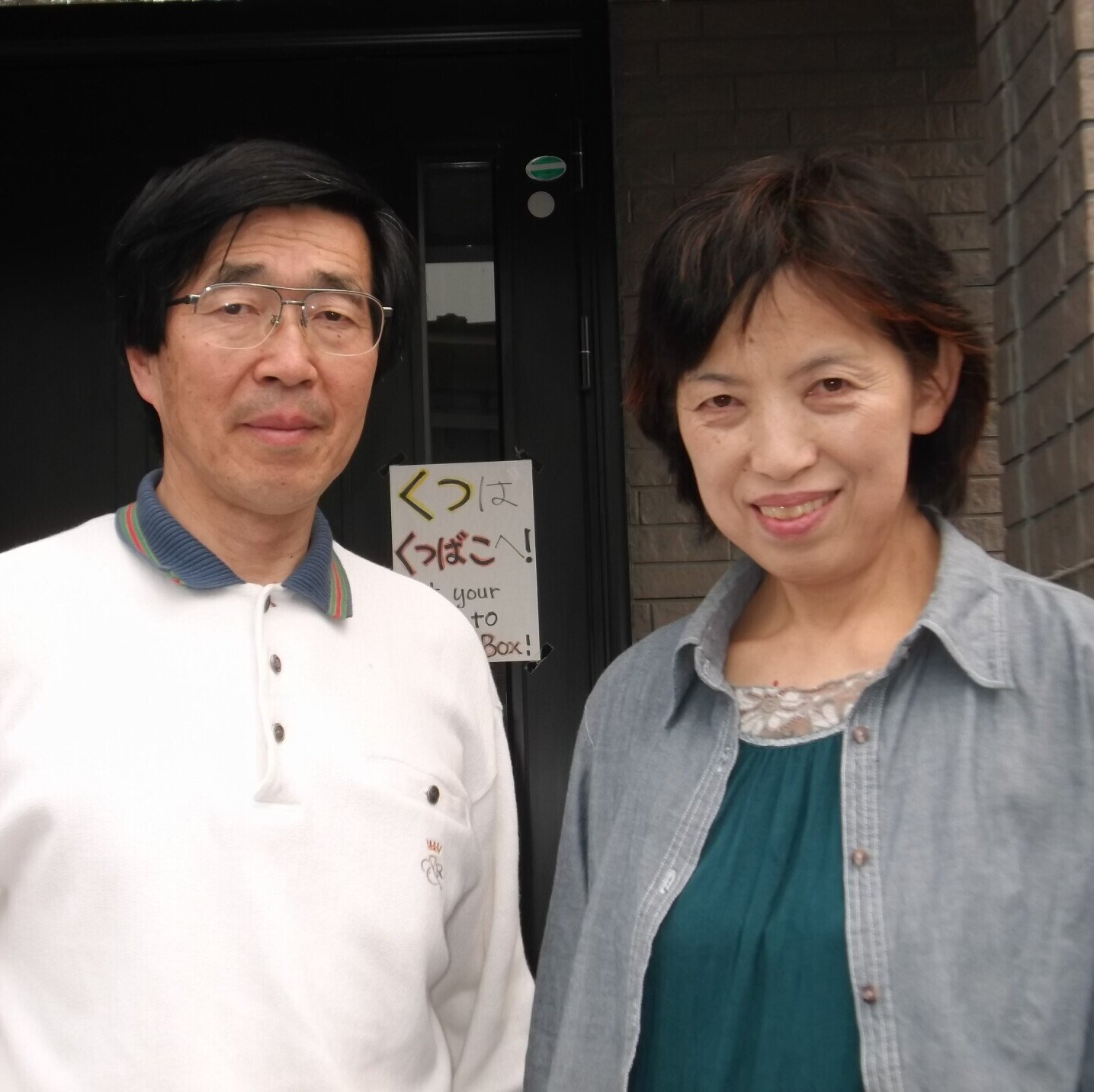
Tsueno & Kiyohiko
Tsuneo and Kiyohiko lived in the Idohama community in Sendai, less than a mile from the coast of the Pacific Ocean. They were home when the earthquake hit and, when they received the tsunami warning, assisted in transporting elderly neighbors to the evacuation center. When they returned to their home, they found the front side of the bottom floor of their home
completely gone.
The contents of their first floor are no longer there; instead, debris from other homes and businesses in their community was deposited by the surging currents. The piano that once sat in their living room was never found. The barn and all its tools and equipment are gone as well.
The second floor of their home is still accessible, with all the contents still intact. Their house is one of three that is still standing, all uninhabitable, and it is hard to imagine that it was once sitting in a neighborhood of numerous other homes.
They own their land that they once used to farm rice and vegetables. In their 60s, they have still to make a decision as to what they plan to do next – try to rebuild their farm and home, or lease their land and plant their “roots” elsewhere.
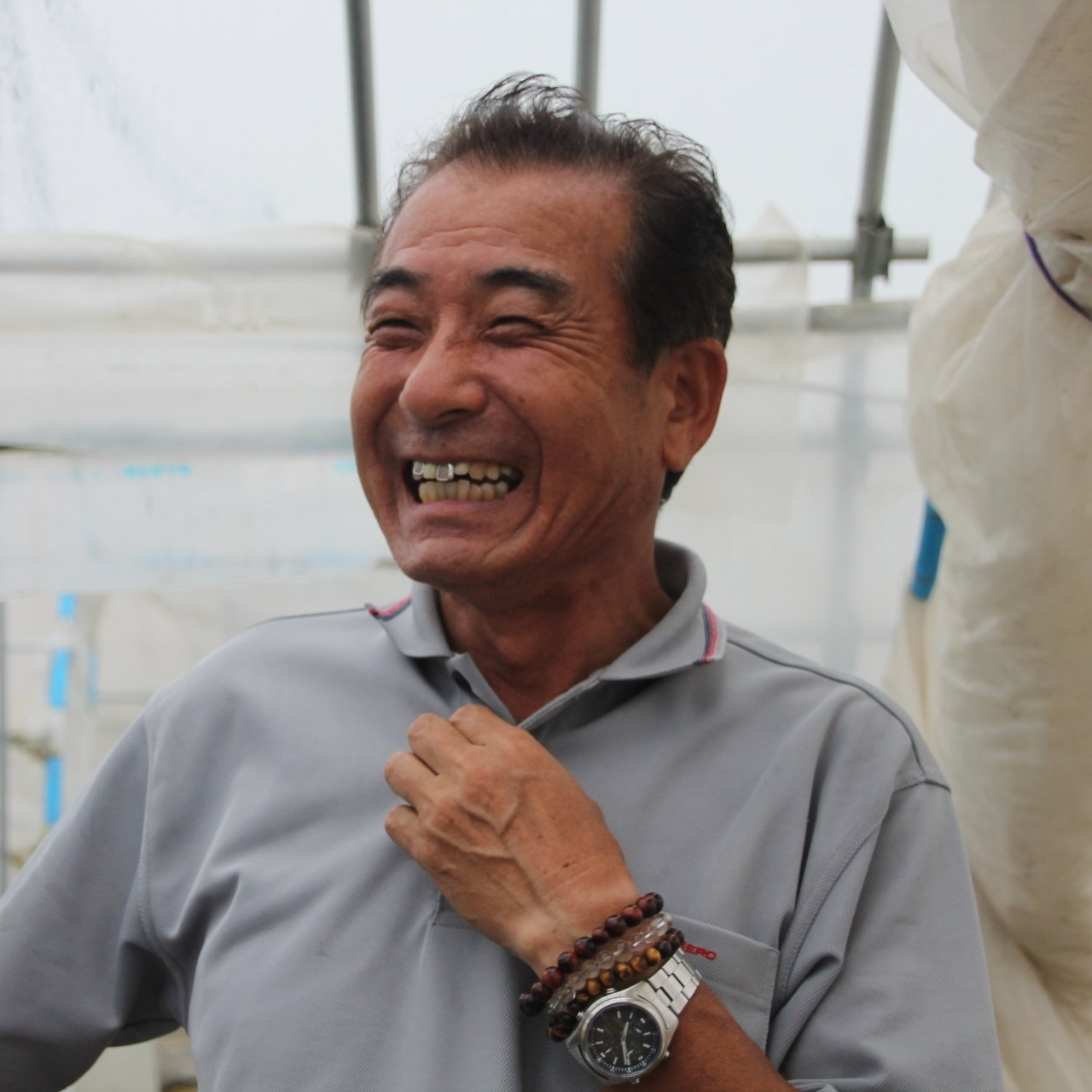
Takao
Takao is 65 years age and lost his wife three years ago. He has one son, two daughters and three grandchildren and all of them help on the farm. They did not hire any outside labor.
As with many farms in the area, the main crop was three acres of rice and one third of an acre of greenhouse strawberries (commercial production, not u-pick).
Even though his home was not located on the farm, as a result of the tsunami, he did lose both his home, the farm, several vehicles and farm machinery to the tidal wave.
Before the tsunami there were about twenty eight members in his coop. Four members were killed and nineteen he does not know their whereabouts. He has met up with four others and have decided to work together again.
Takao and his family has just moved from a shelter into a government built temporary house where they may live for two years. He is currently looking for a job (to help out with the bills until he may begin farming again) but is extremely difficult in the damaged area.
Motivated by his pride and his determination to overcome the disaster, Takao is the only one in his Co-op, located in the Watari area of the Miyagi Prefecture, who is starting to rebuild his home. Of the 26 strawberry farmers in the Co-op, only 10 have plans to return to farming in the area. Their community was completely demolished by the tsunami.
Today the land sits barren, as the debris has all been cleared and placed in flat piles. The Japan government is building a plant in which to burn all the debris from this area only. The plant is anticipated to be completed in April, and it is expected to take three years to process all the debris.
Takao also plans to start planting strawberries in April, with the hope of harvesting them in November… anxious to move forward before he loses his knowledge of this skill. His strawberries were known for their quality and sweetness. Takao mentioned that with this disaster, they saw the kindness of people. The first people to contact them were their strawberry customers. His hope is to start growing again as a sign of recovery, which will allow them to give back to all who helped them rebuild.
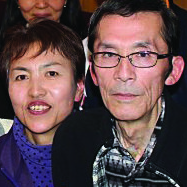
Kohno
Kohno took over their farm when her husband hurt his back a year ago. They grow cherries, apples, peaches, pears, and grapes. Her husband is a well-known and honored farmer for his cutting-edge farming and fertilizing techniques. Once revered for their quality fruit, they are finding that the radiation stigma is making it difficult to sell their products.
Extra precautions must be made by the farmers in this area, which include removing the bark from fruit trees and power-washing the trees. Branches cut from the trees cannot be burned, as the ash would then float in the air, potentially spreading any radiation that might have been in the wood.
Kohno and her husband have to make a decision whether they plan to continue farming or to look for other options. But Kohno was most thankful that people from another country cared about them and were willing to help people that they never met. They were not forgotten in this disaster.
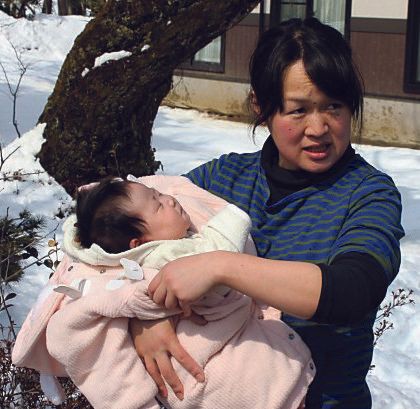
Yukie
Yukie just had a baby in January of this year and already she is back to tending their farm. Living with four generations in her home, she is running the farm growing a form of spinach, komatsuna. She also grows rice (which is mainly for those in her Co-op) as well as grapes, apples, and other vegetables.
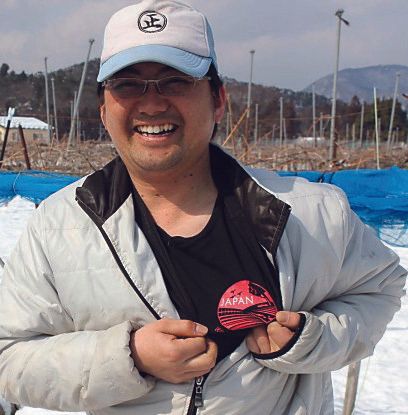
Shoichiro
Shoichiro snow plows the local roadways and started farming leased land a couple of years ago. Currently, he isn’t quite able to see the future of his grape orchard. But because of his helpfulness to his fellow farmers, they are all willing to help him and motivate him to continue through this setback.
Although it is hard to fathom what these individuals experienced, one can only “hope” for a brighter future for all of them.

Yukikazu and her husband have decided not to rebuild their home that was also located in the Idohama community. Their home was 11 years old when it was hit by the tsunami; they still will have to pay off the mortgage, even though their home will be demolished. Like the home of Tsuneo, the structure of
Yasuko’s home is still standing. However, she and her husband are haunted with the memory of a neighbor who was found dead two months after the tsunami in their kotatsu (warming unit that sits below the floor). Six-foot water marks line the walls on the first floor of their home. A second and a third set of lines can be seen below the 6-foot lines, obvious that water had been at a constant level for some time.
Yasuko commented, “They must live positively for the sake of all the people who unfortunately lost their lives in the tsunami.” She plans to borrow land space from her uncle, to farm vegetables. Whether this will be enough to make a living is somewhat doubtful. Her husband has a second job, working for the government.
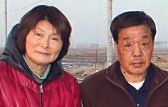
The tsunami completely destroyed the home of
the Miura’s. Also, living in the Idohama community, they were able to escape the disaster; however, they have nothing but memories of their home and past lives. Miura-san commented, “The day the tsunami hit was the blackest day of her life. She lost all hope and will to live. But when the volunteers that came out to help them clean up the debris in the days that followed, this gave her hope. She is now glad to be alive.”
Mr. Miura was working a second job, but lost it after the tsunami, as the business was also affected by the tsunami. The Miura’s plans for the future are still pending.
Our Scholarship Recipients:

Genta Takahashi
"I entered a laboratory that handles soybeans. I am in the laboratory now examining the structure of the ingredients of soy. I break up soybeans and check the ingredients with a machine. There are many things I do not know yet, and I am studying very much. I want to go back to my hometown and become a civil servant, and I will do my best in a career that is useful for others."
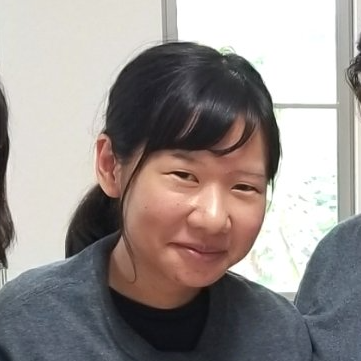
Minori Goto
"I study nutrition and biochemistry. I determine whether nutrition imbalance affects health negatively. And I approach how we can improve the negative effect. There are a lot of things that experiment doesn't go well, but I do my best with try and error.
I would like to contribute to securing food safety and technical research that maintain hygienic environment."

